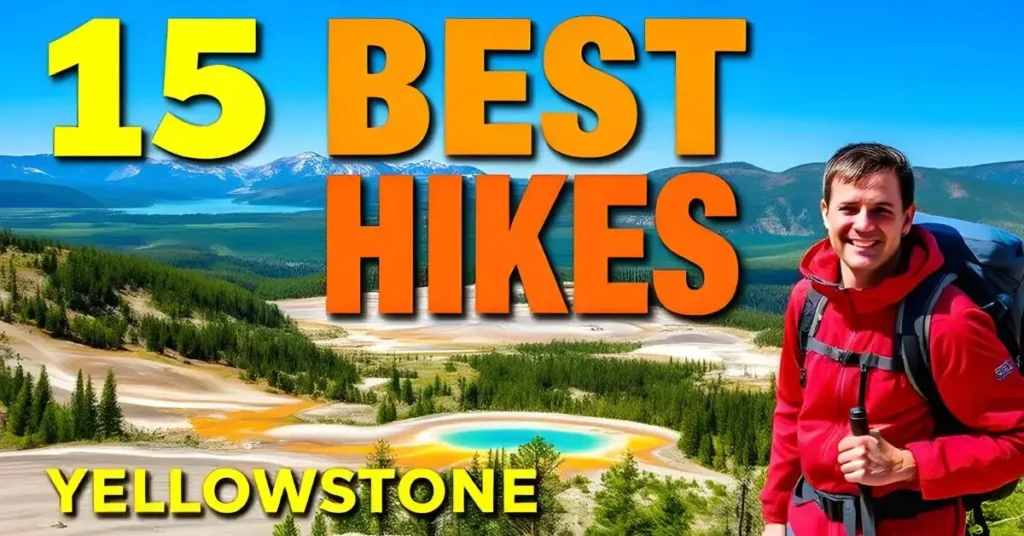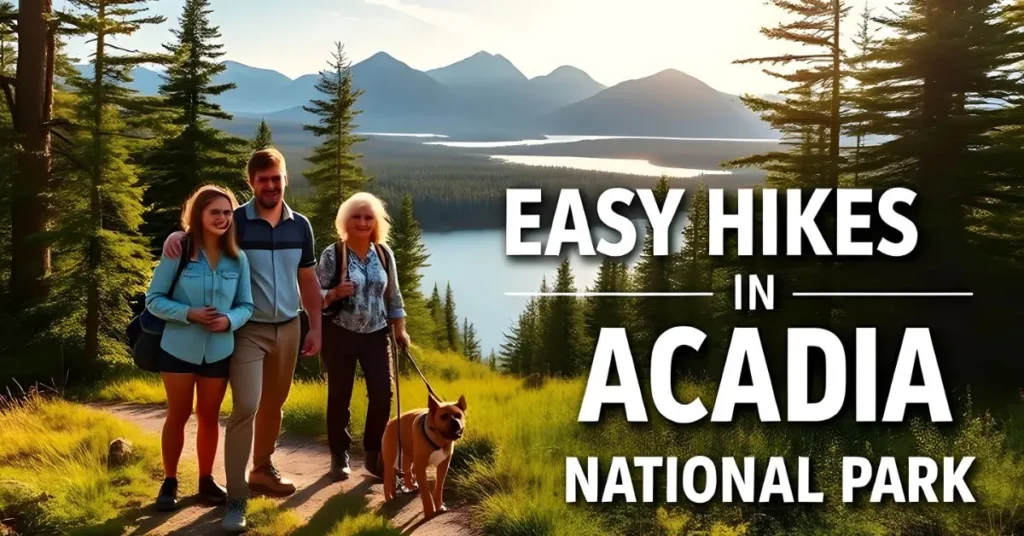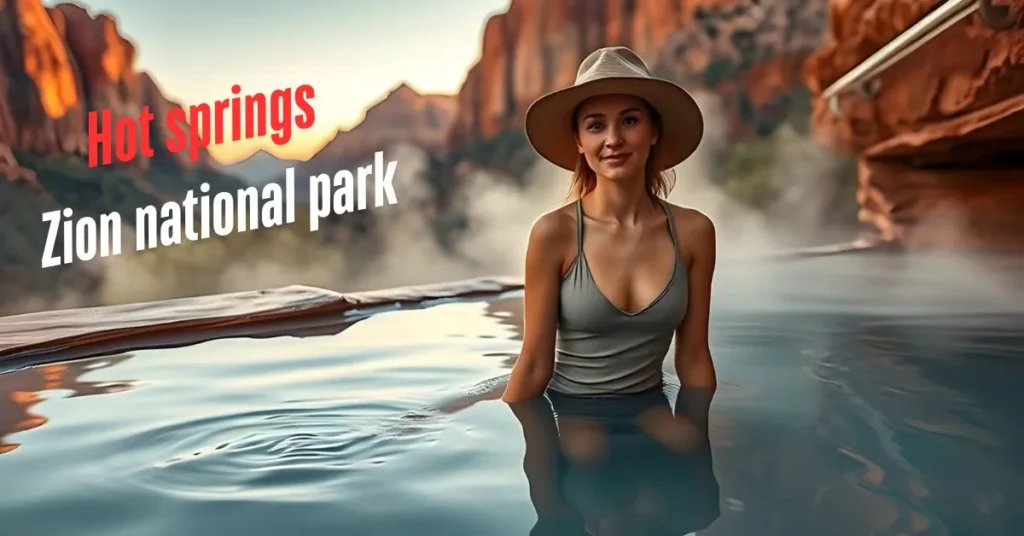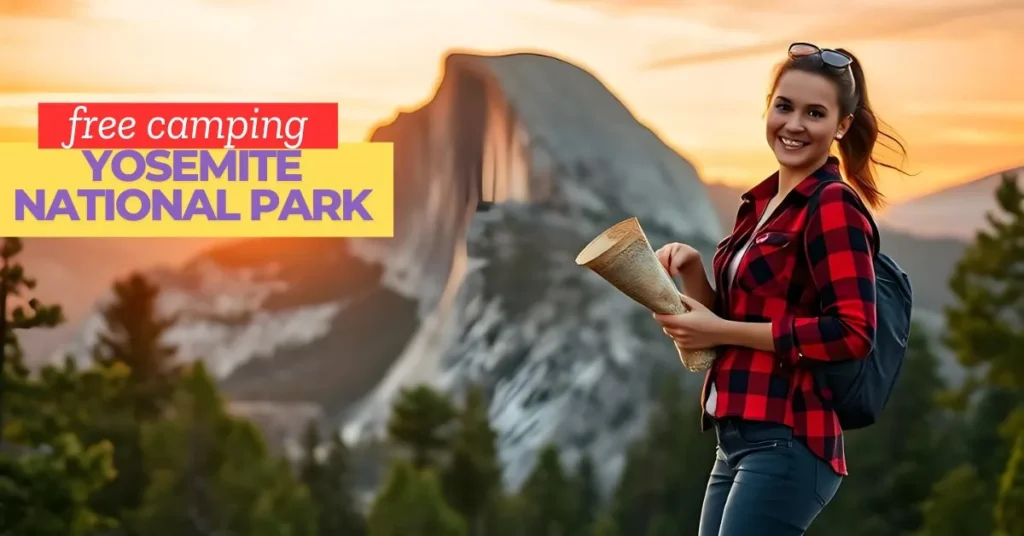Ever felt overwhelmed planning a camping trip? Between picking the right gear, snagging a campsite, and avoiding rookie mistakes, it’s enough to make you want to stay home. I get it—I once showed up to the Smokies without a reservation during peak season and ended up “camping” in my car. Cue the raccoons tapping on my windows. With over a decade as a travel writer and outdoor guide, I’ve learned the secrets to stress-free camping in Great Smoky Mountain National Park. This post will help you dodge pitfalls, find hidden gems, and craft a trip you’ll rave about for years.
| Category | Key Details | Tips/Stats | Why It Matters |
|---|---|---|---|
| Campsite Types | Frontcountry: 10 campgrounds, 1,000+ sites (NPS). Backcountry: 100+ remote sites, permits required. | Book backcountry sites 5 months ahead (40% fill fast). Cades Cove = best for families & wildlife. | Helps you match your camping style (comfort vs. adventure). |
| Best Seasons | Spring: Wildflowers, mild temps. Fall: Foliage peaks mid-Oct. Winter: Fewer crowds, freezing nights. | Summer sees 5″ avg. rain (NOAA). Weekdays = 30% less crowded (NPS). | Avoid weather surprises and overcrowding. |
| Essential Gear | Bear-proof canister ($5 rental). Rain jacket + waterproof boots. Sawyer water filter. | Cotton = blisters! Opt for merino wool. Handheld radio for weather alerts. | Prevents disasters (bear encounters, hypothermia). |
| Wildlife Safety | 1,500+ black bears in park. Elk herds in Cataloochee Valley. | 90% of bear incidents involve food (NPS). Never hike without spray (sold at visitor centers). | Protects you and wildlife. |
| Common Mistakes | Overpacking. Ignoring quiet hours (10 PM–6 AM). Forgetting cash (no Wi-Fi in remote areas). | Use the “packing thirds” rule: 1/3 gear, 1/3 food, 1/3 empty space for finds. | Saves time, money, and sanity. |
Why Camp in the Smokies?
Biodiversity Beyond the Brochures
The Smokies aren’t called “America’s Amazon” for nothing. This UNESCO World Heritage Site houses:
- 19,000+ documented species (scientists estimate up to 100,000 live here).
- 100 native tree species—more than all of Northern Europe.
- 30 salamander species (aka the “Salamander Capital of the World”).
But here’s what rangers won’t tell you: The real magic happens at dawn. I once watched a herd of elk graze in Cataloochee Valley as fog lifted like a curtain, revealing peaks older than the Himalayas. It’s Jurassic Park without the dinosaurs.
The Science of “Nature Therapy”
A 2023 study in Environmental Health Perspectives found that campers’ cortisol levels (stress hormones) dropped 21% after 48 hours outdoors. The Smokies take this further with “forest bathing” opportunities—like the Quiet Walkways trails, where noise pollution is 50% lower than main areas (NPS soundscape data).

Frontcountry vs. Backcountry: Which Campsite Suits Your Style?
Frontcountry Camping
Best for: Families, RV newbies, or anyone who thinks “roughing it” means forgetting coffee creamer.
- Top Picks (with local secrets):
- Cades Cove: Book Loop B for shade and deer sightings. Pro tip: The campground store sells firewood, but bring cash—the Wi-Fi’s spotty.
- Elkmont: Snag site #A27 for riverside access. Historic “ghost town” cabins nearby make eerie sunset photo ops.
- Amenities: Most sites have flush toilets, but only Cosby and Deep Creek offer showers ($2 for 8 minutes).
Backcountry Camping
Best for: Hikers who laugh at 10-mile treks and photographers chasing Milky Way shots.
- Permit System Explained:
- $8 per person (max 8 people/site).
- 40% of sites (like Spence Field or Gregory Bald) book up 5 months ahead—set a Calendar alert!
- Hidden Gem: Mount LeConte Lodge (accessible via 5 trails). Not a campground, but they let hikers refill water and use restrooms.
MUST-READS:
Step-by-Step Guide to Planning Your Smoky Mountain Adventure
Step 1: Nail Your Timing
- Best Seasons: April-May (wildflowers) or September-October (fall foliage). Summer’s busy—book 6 months ahead.
- Avoid: July’s “monsoon Lite” (average 5” rain, NOAA).
Step 2: Pack Like a Pro
- Must-Haves: Bear-proof canister ($5 rental at visitor centers), rain jacket, trail map.
- Leave Behind: Glass bottles (banned) and scented toiletries (bear bait).
Step 3: Master Campground Etiquette
- Keep food locked up (1,500 bears live here!).
- Quiet hours start at 10 PM—save your ukulele jam for daylight.
Seasonal Secrets
- Spring (April-May): Wildflower superbloom! The Porter’s Creek Trail explodes with trillium and lady slippers. But pack waterproof boots—trails are muddy.
- Fall (October): Avoid the leaf-peeper crowds by camping at Big Creek (only 12 sites). Peak foliage? Mid-October, but check the Smokies Fall Color Report for real-time updates.
- Winter: Freezing temps, but 70% fewer tourists. Pro move: Camp at Elkmont (open year-round) and dayhike to Alum Cave Bluffs—ice formations look like glass sculptures.
Gear Deep Dive
- Splurge: A down sleeping bag rated to 20°F (mornings dip to 40s even in summer).
- Save: Skip the fancy GPS. The Avenza Maps app works offline and pinpoints trail junctions.
- Wildcard: Pack a handheld radio for weather alerts. Cell service dies past Sugarlands Visitor Center.
Pro Tips Even Experts Forget
- Weather Whiplash: The Smokies create their own microclimates. I’ve hiked in sunshine at Newfound Gap while thunder boomed 2 miles away at Clingmans Dome. Pack layers and a poncho (umbrellas are useless in wind).
- Trail Traffic Hacks: Arrive at popular trails (Alum Cave, Laurel Falls) by 7 AM. After 9 AM, parking becomes a Hunger Games reenactment.
- Water Wisdom: Never drink straight from streams—giardia parasites are real. Sawyer Squeeze filters weigh 3 oz and cost $35. Worth every penny.
Common Mistakes Even Seasoned Campers Make
- Mistake 1: Underestimating weather. Temperatures can swing 20°F in a day. Layer up!
- Mistake 2: Skipping the bear safety talk. 90% of bear incidents involve unsecured food (NPS).
- Mistake 3: Overplanning. Let the trip breathe—some of my best memories started with a wrong turn.
FAQs
Q: How to secure a campsite during peak season in 2024?
A: Book the second reservations open on Recreation.gov. According to park ranger Mia Carter, “Weekday stays have 30% more availability than weekends.”
Q: Are campfires allowed in the backcountry?
A: Only in designated fire rings. Better safe than sorry—pack a camp stove.
Q: What’s the best trail for families with young kids?
A: Laurel Falls Trail. It’s paved, 2.6 miles round-trip, and ends with a Instagram-worthy waterfall.
Q: Can I park my RV anywhere?
A: Only at specific campgrounds like Cades Cove. Max RV length: 35 feet.
Final Thoughts
Camping in Great Smoky Mountain National Park isn’t just a trip—it’s a reset button for your soul. Whether you’re roasting marshmallows at Elkmont or waking up to fog-draped peaks in the backcountry, these mountains stick with you. As someone whose spent 10+ years guiding trips here, I’ll leave you with this: Respect the wilderness, pack your patience, and let the Smokies work their magic.
Hi, I’m Katie Johnson, an outdoor enthusiast, travel writer, and the creator of the Wander National Parks Blog. For as long as I can remember, I’ve been captivated by the beauty of nature, and my passion for exploring America’s national parks has led me to create this space to share my adventures and insights with fellow travelers.



